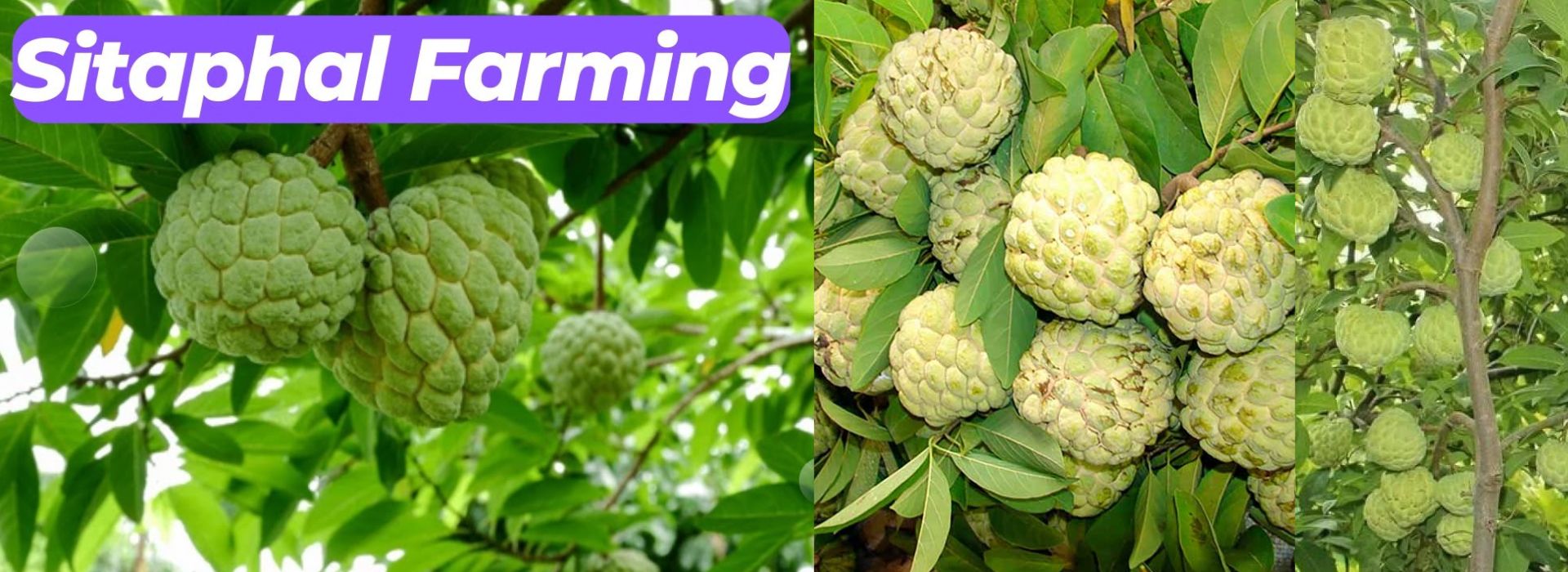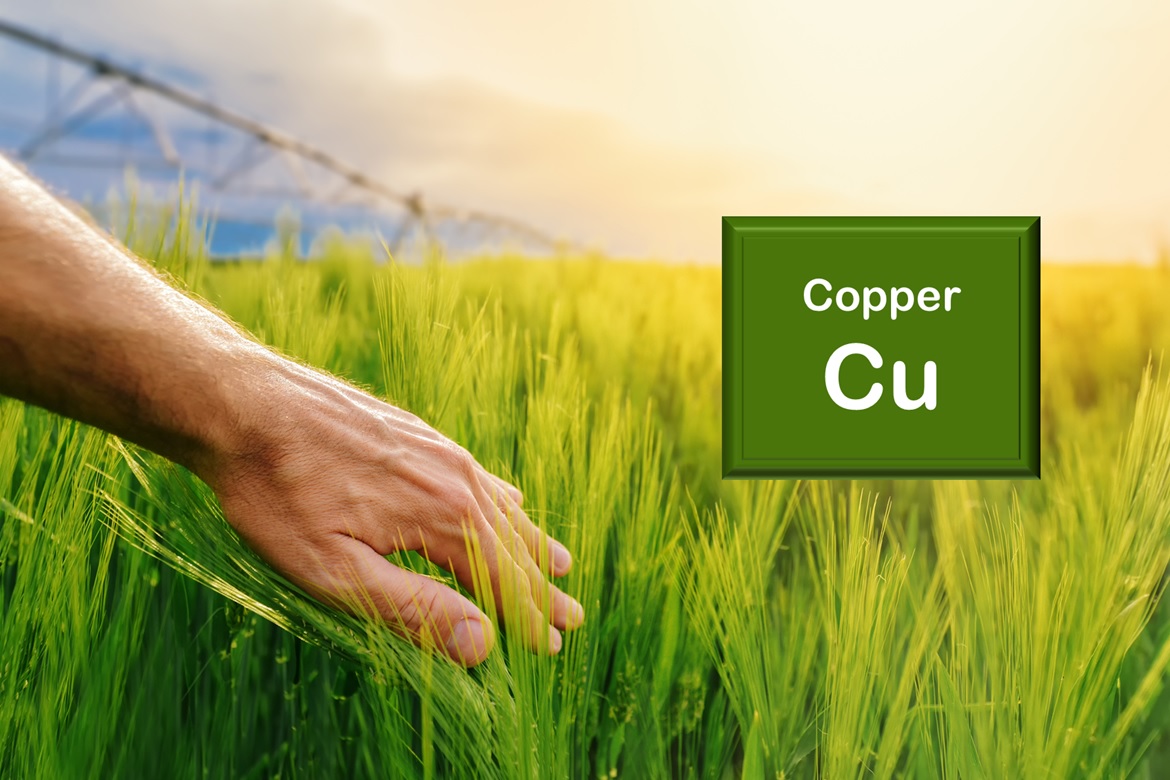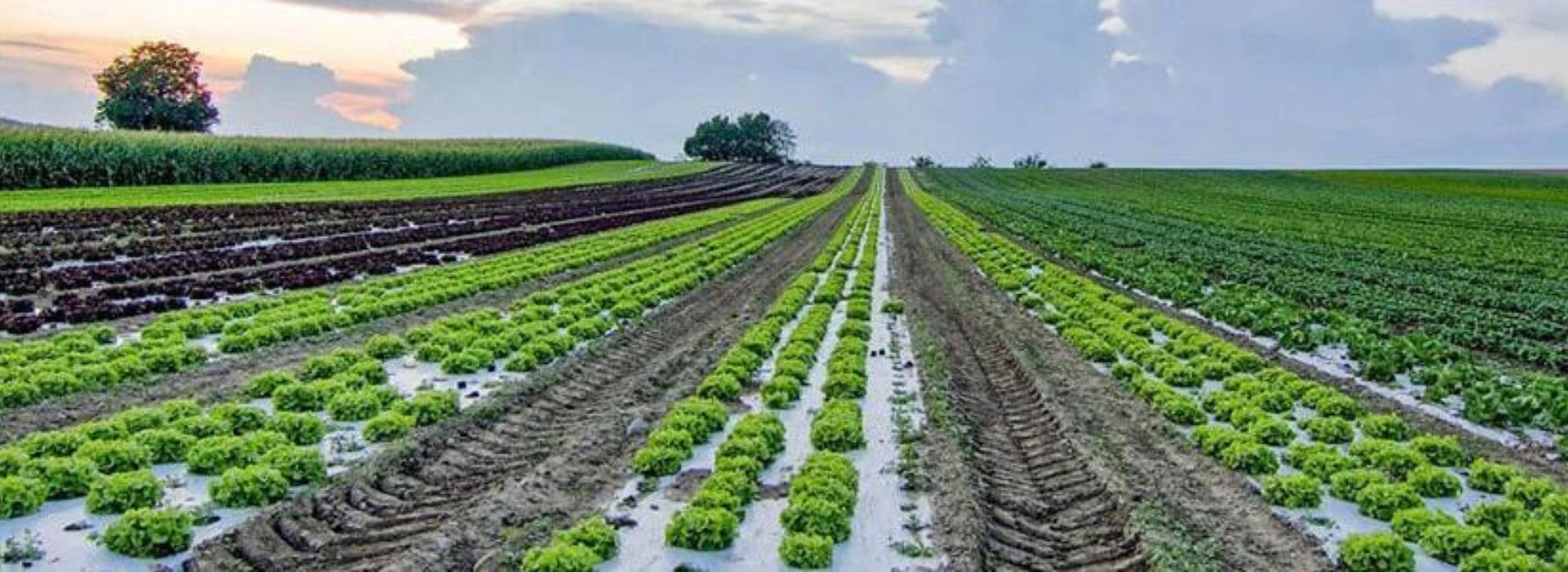Sustainable Custard Apple Farming: A Guide to Cultivating This Nutritious Fruit
September 25, 2024Sustainable Custard Apple Farming: A Guide to Cultivating
This Nutritious Fruit
Custard apple (Annona squamosa), also known as
"sitaphal" in India, is a delicious, nutrient-rich fruit that is
gaining popularity for its sweet taste and health benefits. It is rich in
vitamins C, B6, and antioxidants, making it a highly sought-after fruit in both
domestic and international markets. Custard apple farming is becoming a
lucrative option for farmers, especially in semi-arid and tropical regions.
With sustainable farming practices, cultivating custard apples can not only
improve farmers' incomes but also contribute to ecological balance.
In this blog, we’ll explore the key steps and sustainable
practices for successfully growing custard apples while ensuring long-term
productivity and environmental preservation.
1. Understanding Custard Apple Cultivation
Custard apples are best suited for tropical and subtropical
climates, thriving in regions with low to moderate rainfall. They can grow in a
variety of soils, from sandy loam to slightly rocky terrain, making them ideal
for semi-arid regions. The fruit is drought-resistant and does well in areas
with temperatures between 20°C to 35°C (68°F to 95°F).
2. Land Preparation and Soil Health
Custard apples require well-drained soil for optimal growth.
While they are tolerant of poor soils, enriching the land with organic matter
will significantly improve yield. Preparing the land sustainably involves:
- Soil
Testing: Before
planting, perform a soil test to assess the pH level and nutrient content.
Custard apples prefer a pH level between 6.5 and 7.5.
- Organic Matter:
Incorporating organic compost, farmyard manure, or green manure into the
soil enhances fertility and improves water retention.
- Avoiding
Chemical Fertilizers: To maintain soil health in the long run, it’s important to avoid or
minimize the use of chemical fertilizers. Instead, rely on organic
fertilizers or natural soil enhancers like neem cake or vermicompost.
3. Planting Custard Apple Trees
Custard apple trees are typically grown from seeds or grafted
plants. Here’s how to approach the planting process sustainably:
- Seed
Selection:
Choose high-quality seeds from healthy, disease-free fruits. Grafting can
also improve yield and fruit quality.
- Spacing: Plant custard apple trees with
a spacing of about 5-6 meters between each tree to ensure adequate airflow
and sunlight. This reduces the risk of fungal diseases and ensures good
fruit development.
- Planting
Time: The best
time to plant custard apples is during the monsoon season (June-July) when
the soil is moist, which helps the saplings establish roots quickly.
4. Water Management: Efficient and Sustainable Irrigation
While custard apples are drought-resistant, proper irrigation
is still essential, especially during the early stages of growth. Sustainable
water management practices include:
- Drip Irrigation:
Drip irrigation is the most efficient method, as it minimizes water
wastage and ensures that the water reaches the root zone directly. This
not only conserves water but also helps maintain optimal soil moisture
levels.
- Mulching: Apply organic mulch around the
base of the trees to retain soil moisture, reduce evaporation, and prevent
weed growth. Mulching also adds nutrients to the soil as it decomposes.
- Water
Harvesting:
Consider implementing rainwater harvesting systems to capture and store
rainwater for use during dry periods. This reduces dependence on
groundwater resources and ensures a sustainable water supply throughout
the year.
5. Organic Fertilization and Pest Control
Custard apple farming can be made more sustainable through
organic fertilization and integrated pest management (IPM) techniques. Here’s
how:
- Organic Fertilizers:
Use compost, vermicompost, or well-decomposed manure to feed the trees.
These natural fertilizers improve soil structure, promote healthy root
growth, and increase microbial activity.
- Bio-fertilizers: Bio-fertilizers like
nitrogen-fixing bacteria and mycorrhizal fungi can enhance nutrient
absorption and promote plant health without harming the environment.
- Pest
Management:
Common pests affecting custard apples include mealybugs, aphids, and fruit
borers. Opt for organic pest control methods, such as neem oil, garlic
spray, or introducing natural predators like ladybugs to keep pest
populations in check.
- Disease Control:
Custard apple trees are prone to fungal diseases like anthracnose and leaf
spot. Prevent these diseases by ensuring proper spacing, regular pruning,
and using bio-fungicides made from neem, garlic, or other natural
ingredients.
6. Pruning and Canopy Management
Pruning is an essential practice for maintaining tree health
and improving fruit production. Regular pruning ensures better sunlight
penetration, airflow, and reduces the risk of pests and diseases. Sustainable
pruning practices include:
- Shape
Pruning: Remove
dead or diseased branches, and thin out overcrowded areas of the canopy to
promote healthy growth.
- Canopy
Management:
Proper canopy management helps in maintaining a balanced structure and
allows for uniform fruit production year after year.
7. Harvesting Custard Apples
Custard apples are generally ready for harvest 3-4 years
after planting. The fruit is harvested when it changes from green to a slightly
yellow or light green color and becomes softer. Here are a few tips for
harvesting:
- Gentle
Handling:
Handle custard apples carefully while harvesting, as the fruit is delicate
and can bruise easily. Use scissors or pruning shears to cut the fruit
from the tree, leaving a short stalk attached.
- Timing
the Harvest:
Harvest the fruit early in the morning or late in the evening to avoid
heat stress and dehydration.
8. Post-Harvest Management
Post-harvest management is crucial for maintaining the
quality and shelf life of custard apples. Sustainable post-harvest practices
include:
- Sorting
and Grading:
Sort fruits by size and quality, discarding any damaged or diseased
fruits. Proper grading ensures that only high-quality fruits reach the
market, leading to better prices for farmers.
- Packaging: Use eco-friendly packaging
materials like biodegradable crates, baskets, or cartons to transport the
fruits. This reduces environmental waste and preserves the freshness of
the fruits during transport.
9. Market Opportunities and Value Addition
The demand for custard apples is growing, both domestically
and internationally. Sustainable farming practices not only improve yields but
can also open up new markets for organic and eco-friendly produce. Farmers can
explore value addition by:
- Processing: Turn custard apples into
value-added products such as jams, pulp, juices, or desserts, which can
fetch higher prices in the market.
- Organic
Certification:
If you are following organic farming practices, obtaining organic
certification can help you access premium markets and command higher
prices for your produce.
10. Sustainable Practices for Long-Term Farming Success
Sustainable custard apple farming not only benefits the
environment but also ensures long-term productivity for farmers. Here are a few
additional sustainability tips:
- Agroforestry: Consider incorporating custard
apple farming into an agroforestry system, where custard apple trees are
planted alongside other crops or trees. This helps improve biodiversity,
reduces soil erosion, and promotes ecological balance.
- Crop
Rotation:
Rotate custard apple trees with leguminous cover crops to improve soil
fertility naturally and reduce pest pressure.
- Community
Farming:
Encourage collective farming practices within local communities. This
allows farmers to share resources like water, organic inputs, and
knowledge, reducing individual costs and promoting sustainable farming on
a larger scale.
Conclusion
Custard apple farming offers immense potential for farmers in
tropical and semi-arid regions, particularly when coupled with sustainable
practices. By focusing on organic soil enrichment, efficient water use,
integrated pest management, and proper harvesting techniques, farmers can
cultivate healthy, high-quality custard apples while protecting the
environment. As demand for nutritious and organically grown fruits continues to
rise, sustainable custard apple farming not only enhances profitability but also
ensures ecological resilience for future generations.
At krishibazaar.in, you can find and buy various agricultural products. For agricultural guidance on selecting the most suitable products for your crops, please contact or WhatsApp at +917887880887






Guest reviews
No reviews found for this Blog